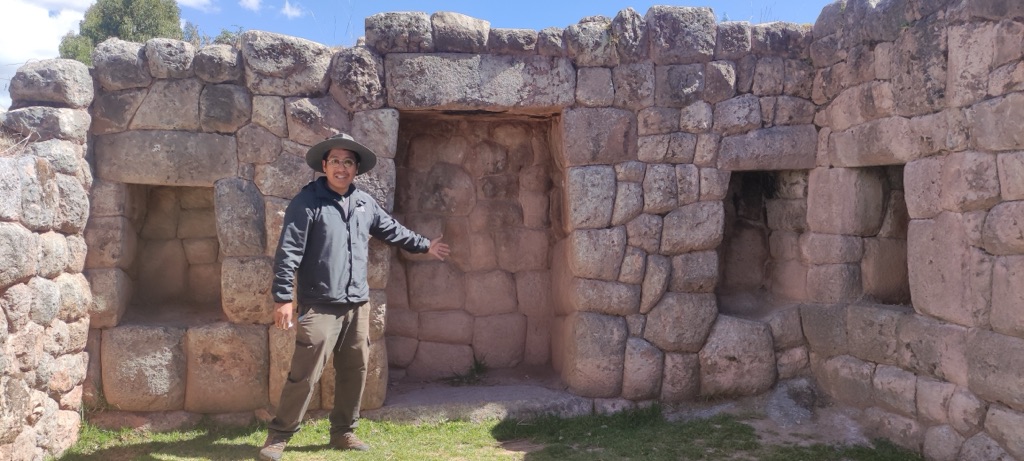Rumiwasi, often overshadowed by the grandeur of nearby Machu Picchu, is a historical site of significant intrigue. Nestled in the Sacred Valley of the Incas, Rumiwasi is believed to have been a residence of Inca royalty. Its name, translating to ‘Stone House’ in Quechua, hints at its construction, which showcases the Inca’s masterful stonework. While not as extensively studied as other Incan sites, Rumiwasi offers a glimpse into the architectural prowess and daily lives of its ancient inhabitants.
Ancient Civilizations
All Ancient Civilizations, Cultures and People
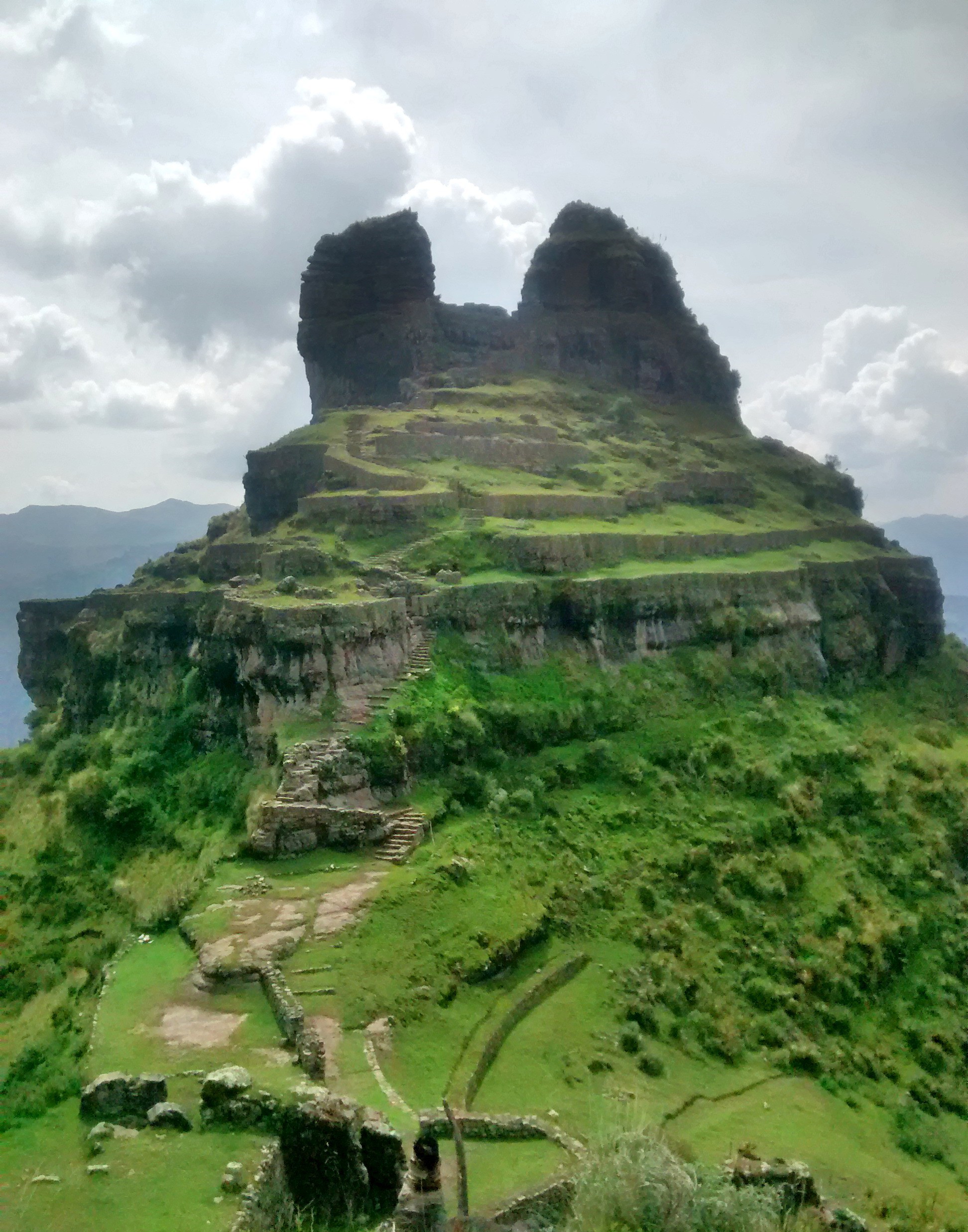
Waqrapukara
Waqrapukara is a fascinating archaeological site perched high in the Andes mountains of Peru. Its name, meaning “horn fortress” in Quechua, hints at its distinctive horn-like peaks. This Incan site, less known than Machu Picchu, offers a glimpse into the Incan civilization’s architectural prowess. It features a complex of platforms, rooms, and an impressive fortress that overlooks the Apurímac River canyon. The remote location and the blend of natural and man-made structures create a unique and mysterious atmosphere that continues to intrigue visitors and scholars alike.
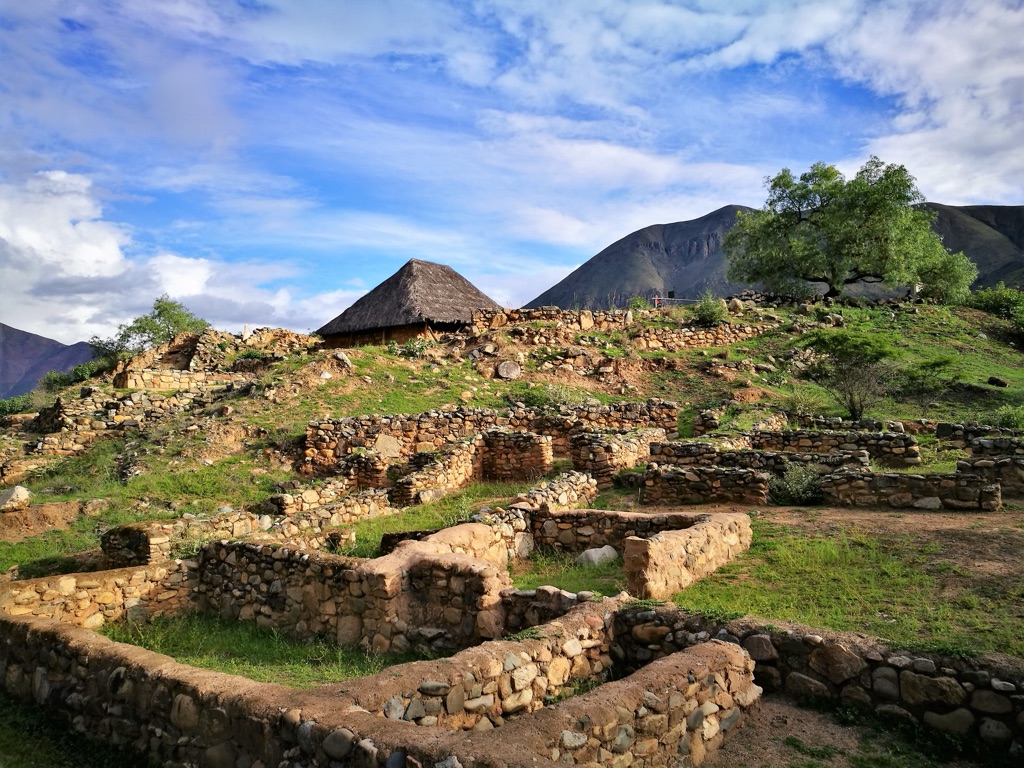
Kotosh
Kotosh is a significant archaeological site located in the highlands of central Peru. Known for its ancient temple structures, it provides valuable insights into the country’s pre-Columbian history. The site is particularly famous for the Temple of the Crossed Hands, which contains some of the oldest known examples of religious iconography in Peru. Kotosh represents a complex of ceremonial centers that flourished during the pre-Ceramic Period, showing evidence of continuous human occupation over several millennia.
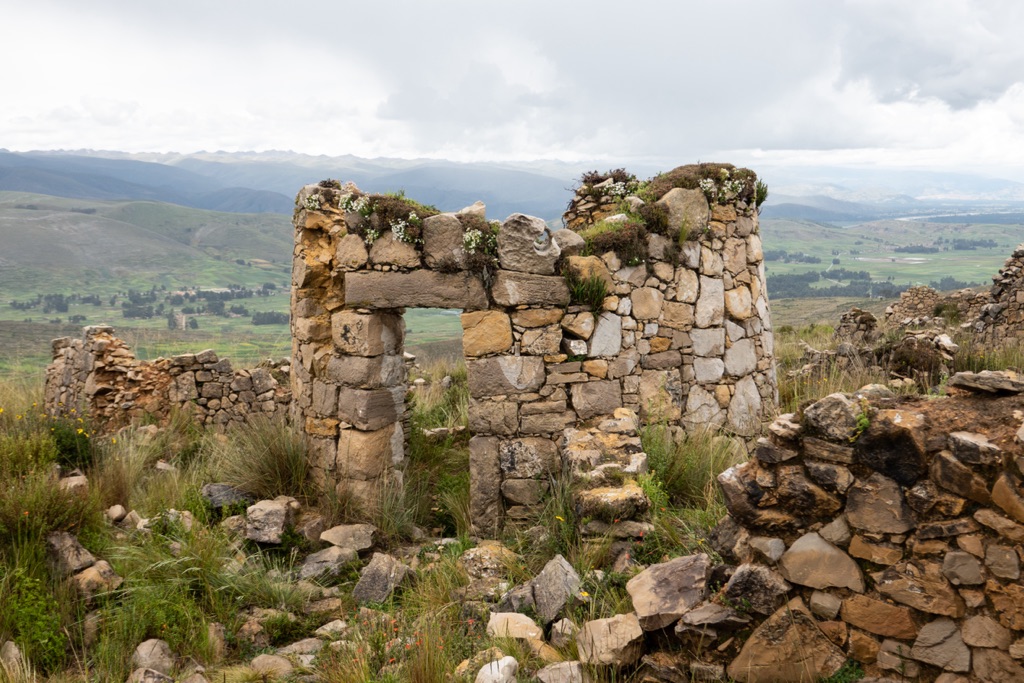
Tunanmarca
Tunanmarca is a pre-Columbian archaeological site located in the Jauja Province of Peru. It stands as a testament to the Xauxa culture, which thrived in the region before the Inca conquest. The site features an extensive complex of stone structures, including circular dwellings, storage facilities, and fortifications. Its strategic location and architectural design suggest it was a significant administrative and defensive center. The ruins of Tunanmarca offer valuable insights into the social and cultural dynamics of pre-Inca civilizations in the Andes.
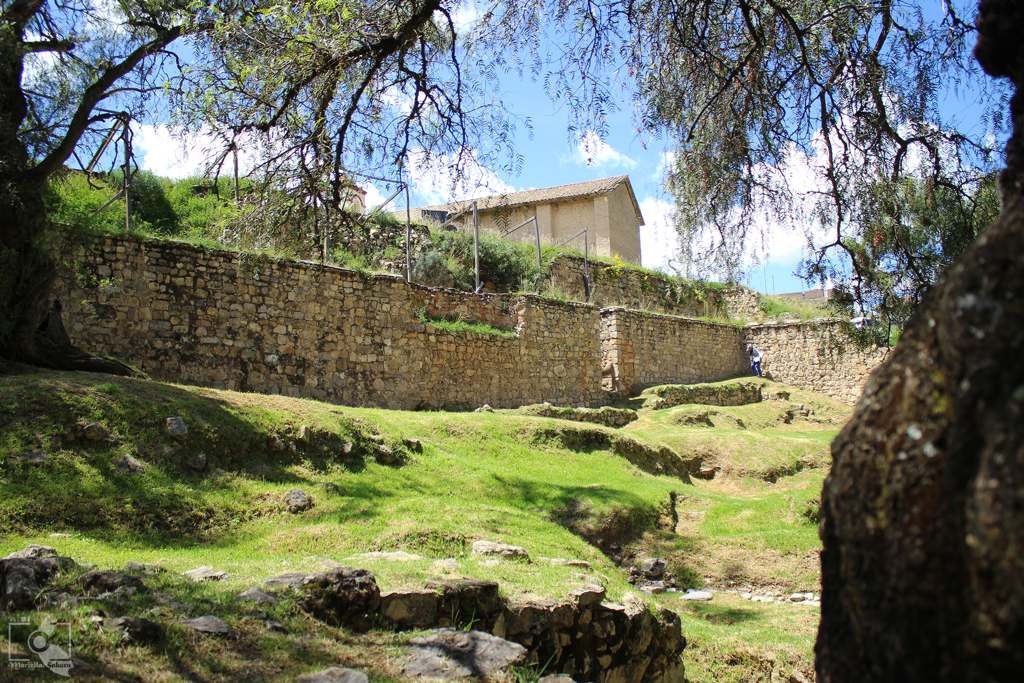
Wari Willka (Huarihuilca)
Wari Willka, also known as Huarihuilca, is a significant archaeological site in Peru. It’s a testament to the ancient Huari culture that thrived between the 7th and 12th centuries AD. The site features a complex of structures, including a temple that was likely a center for religious and ceremonial activities. Wari Willka holds a mirror to the past, revealing the sophisticated urban planning and architectural skills of the Huari civilization. It also provides insights into the religious practices and societal structure of a pre-Incan culture that once dominated the Andean highlands.
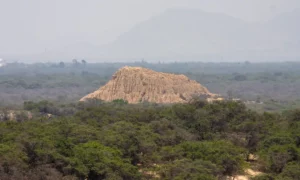
Batán Grande
Batán Grande, a historical site of monumental significance, nestles in the arid landscapes of northern Peru. Known for its rich cultural heritage, it stands as a testament to the sophisticated metalworking of ancient civilizations. The site, part of the larger Sicán National Sanctuary, is famous for its archaeological remains, including pyramids, plazas, and tombs. It offers invaluable insights into the Sicán or Lambayeque culture, which flourished from around 900 to 1100 AD. Batán Grande is a treasure trove for historians and archaeologists alike, revealing the complexities of pre-Columbian societies in South America.

